You Can Go Roam Again
A Eurail grand tour, 14 years after my first.
Originally published in Travel + Leisure, March 2005
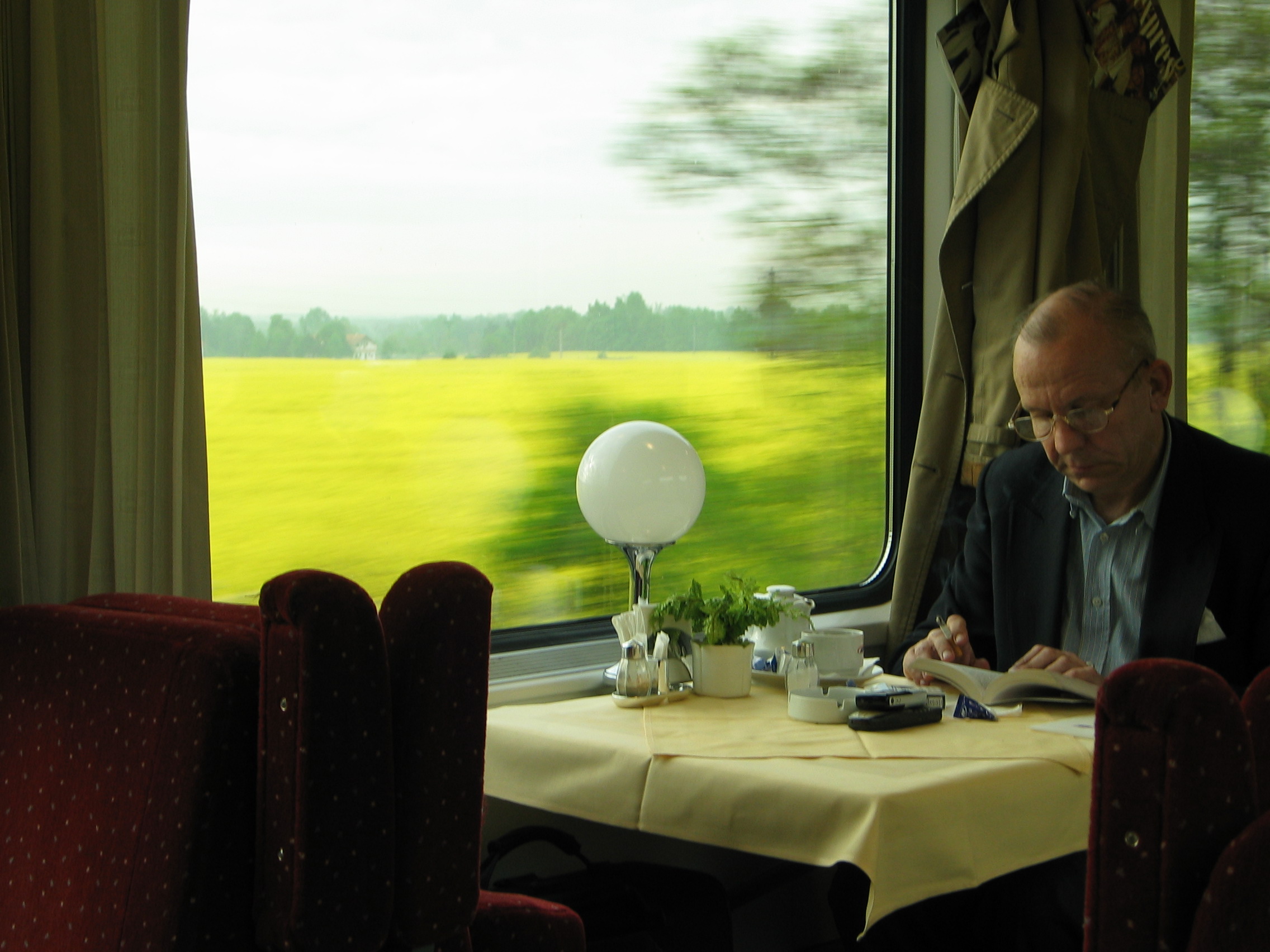
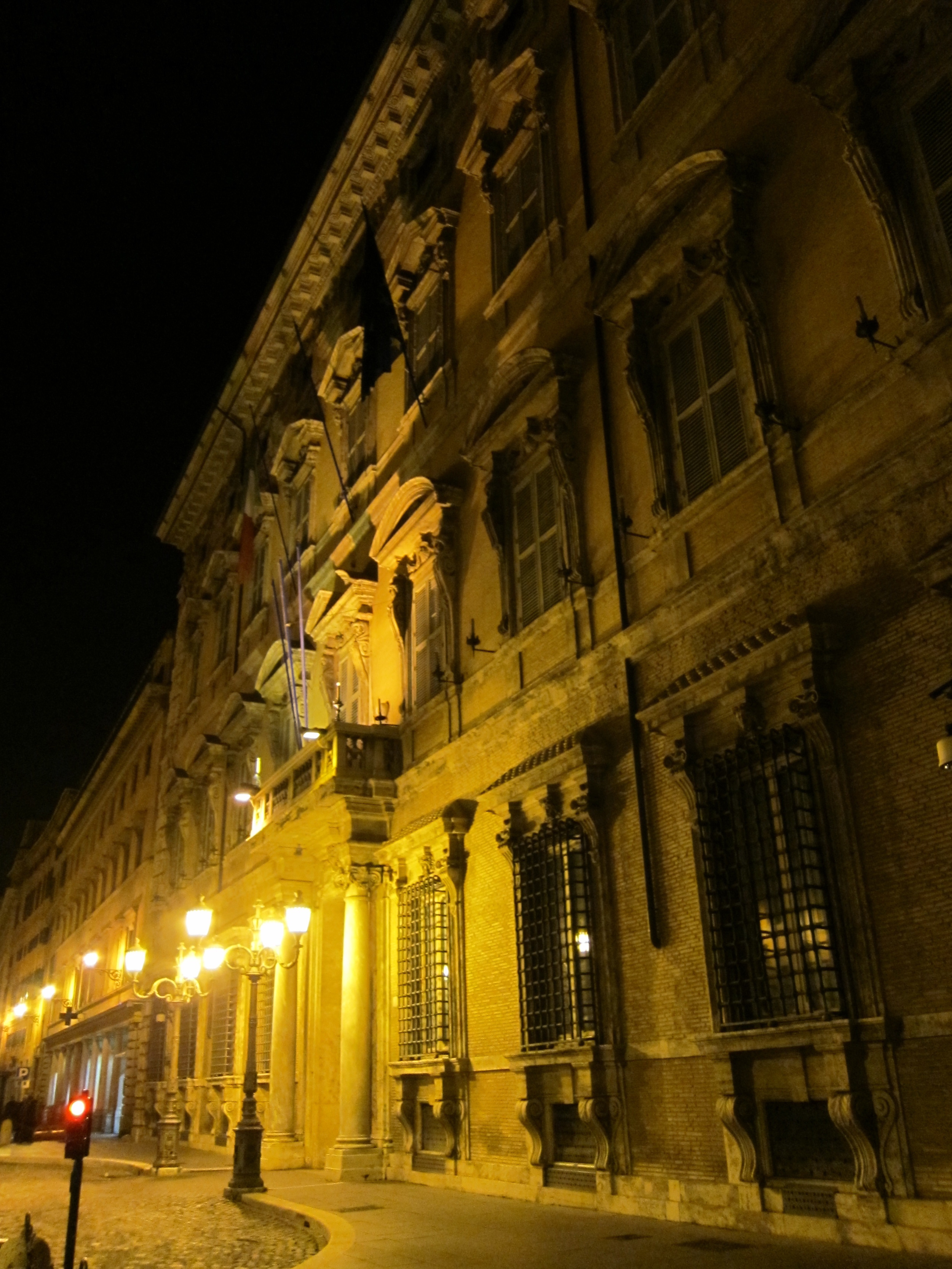
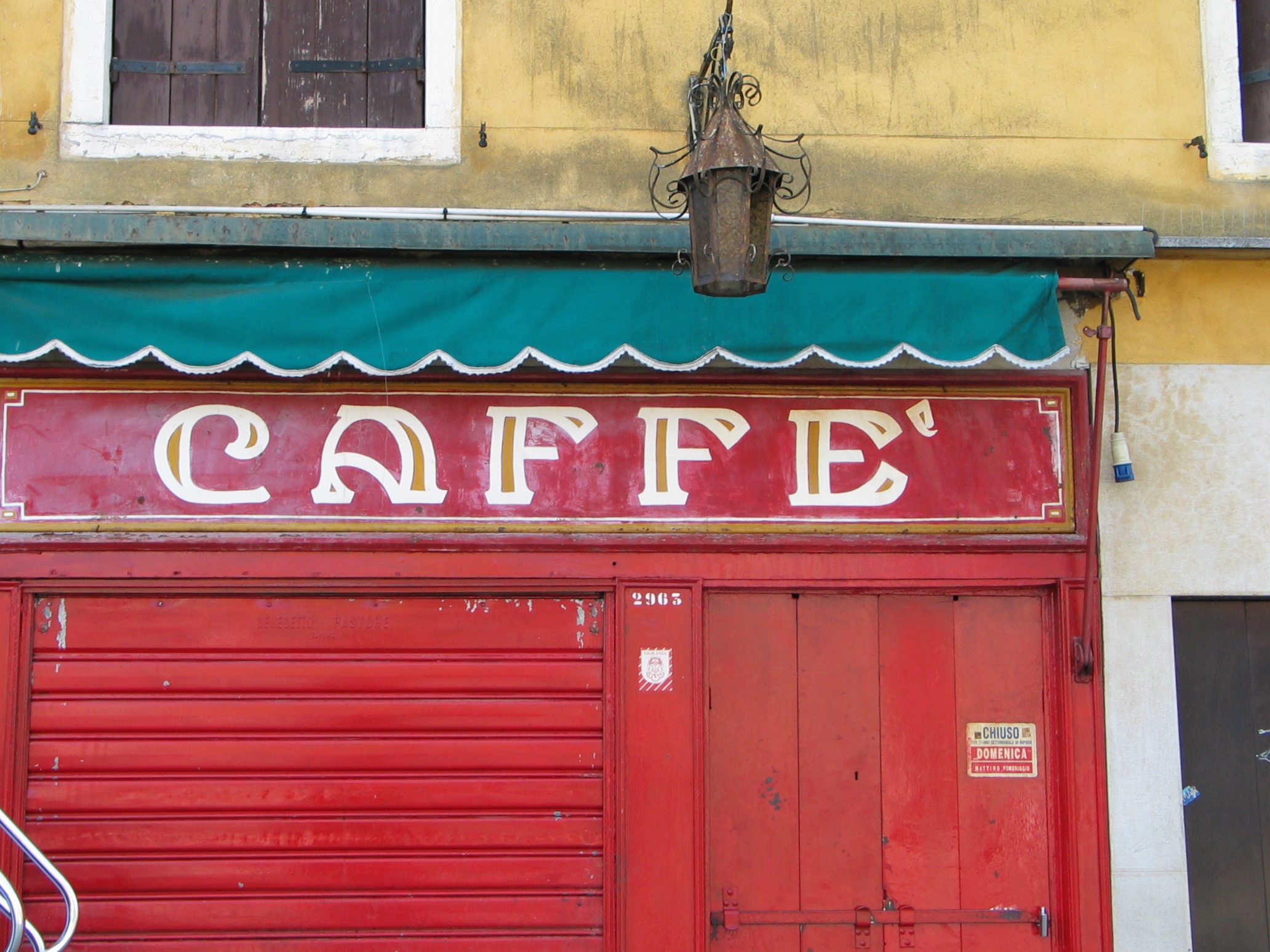
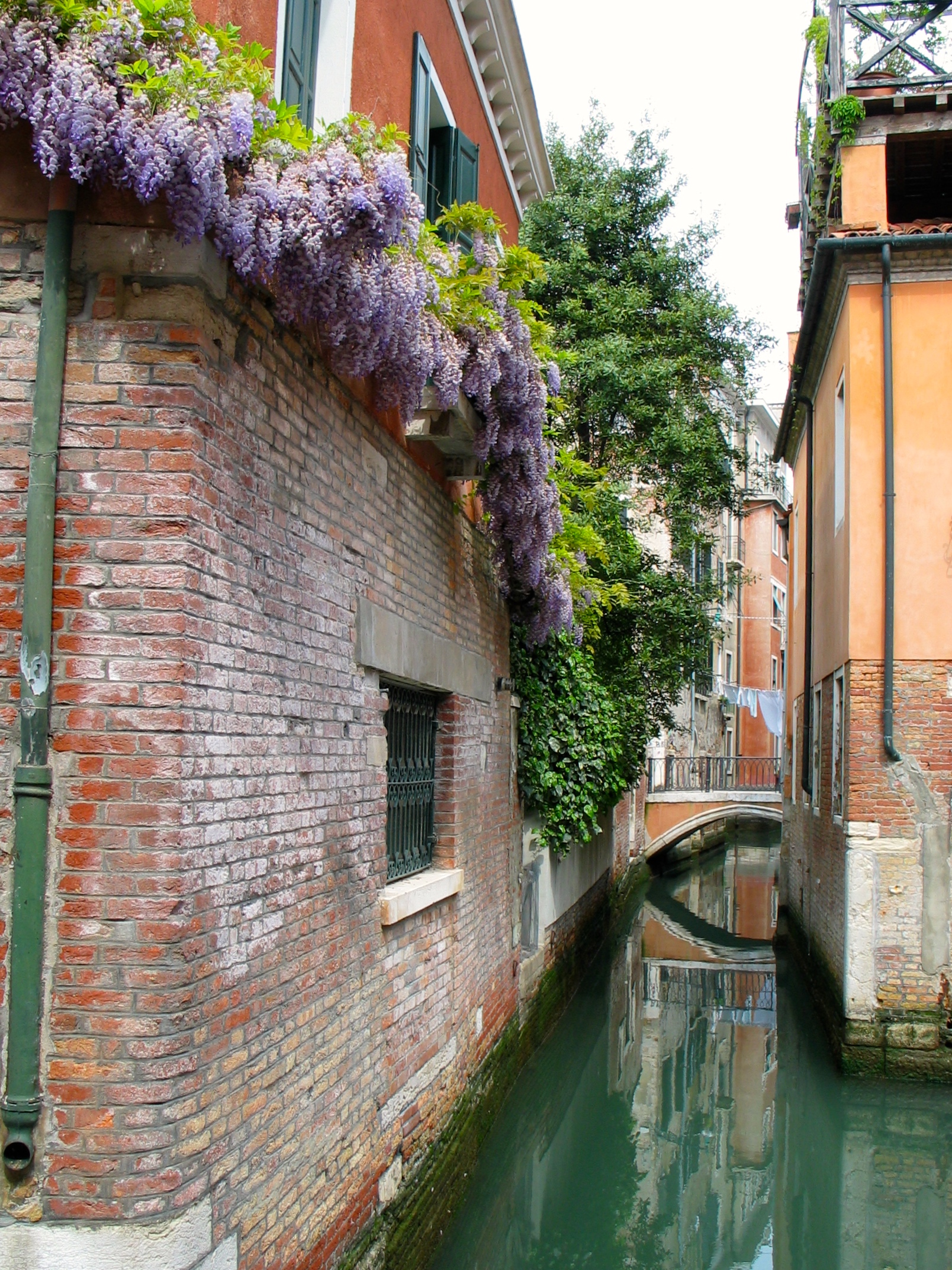
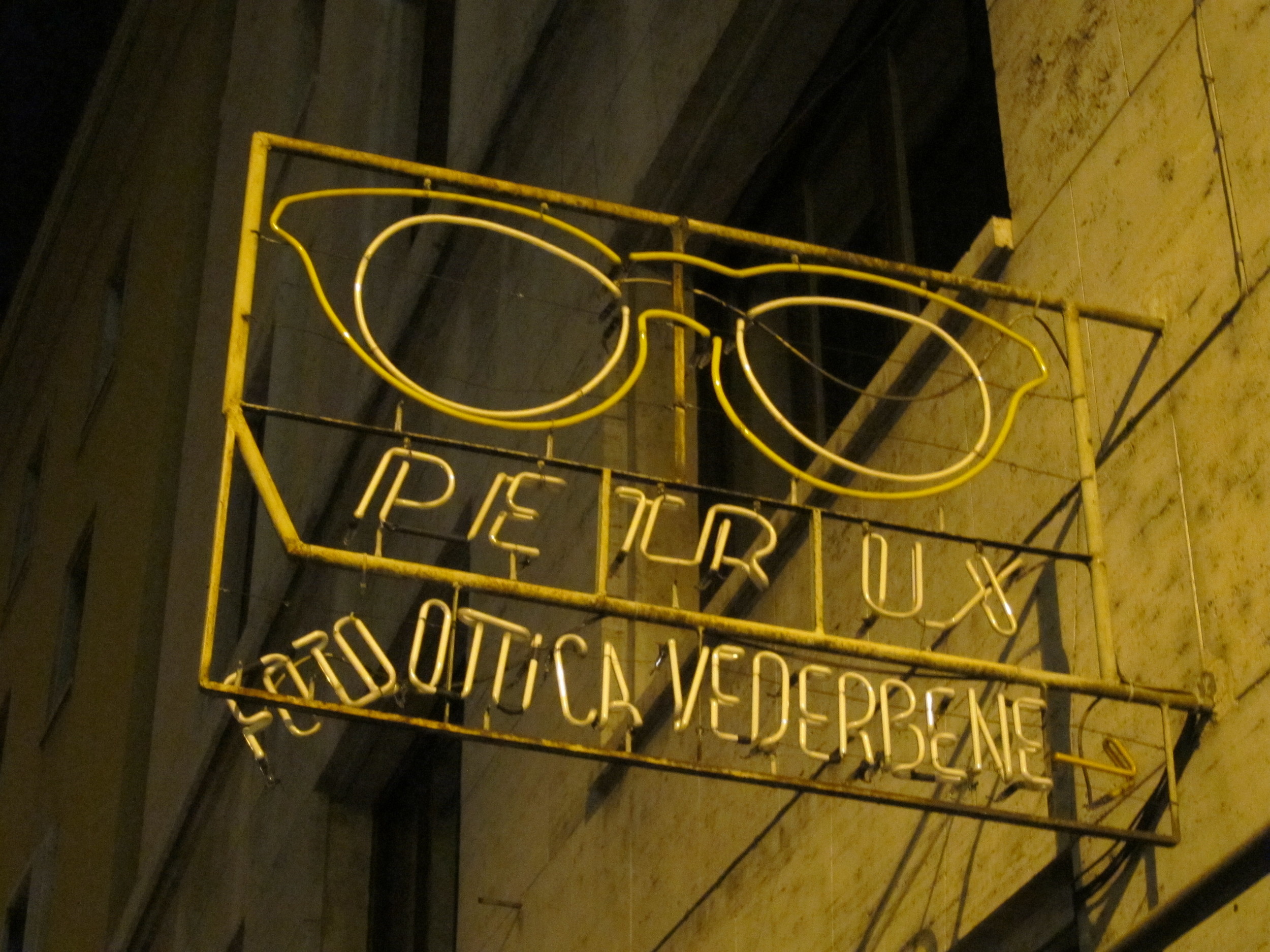
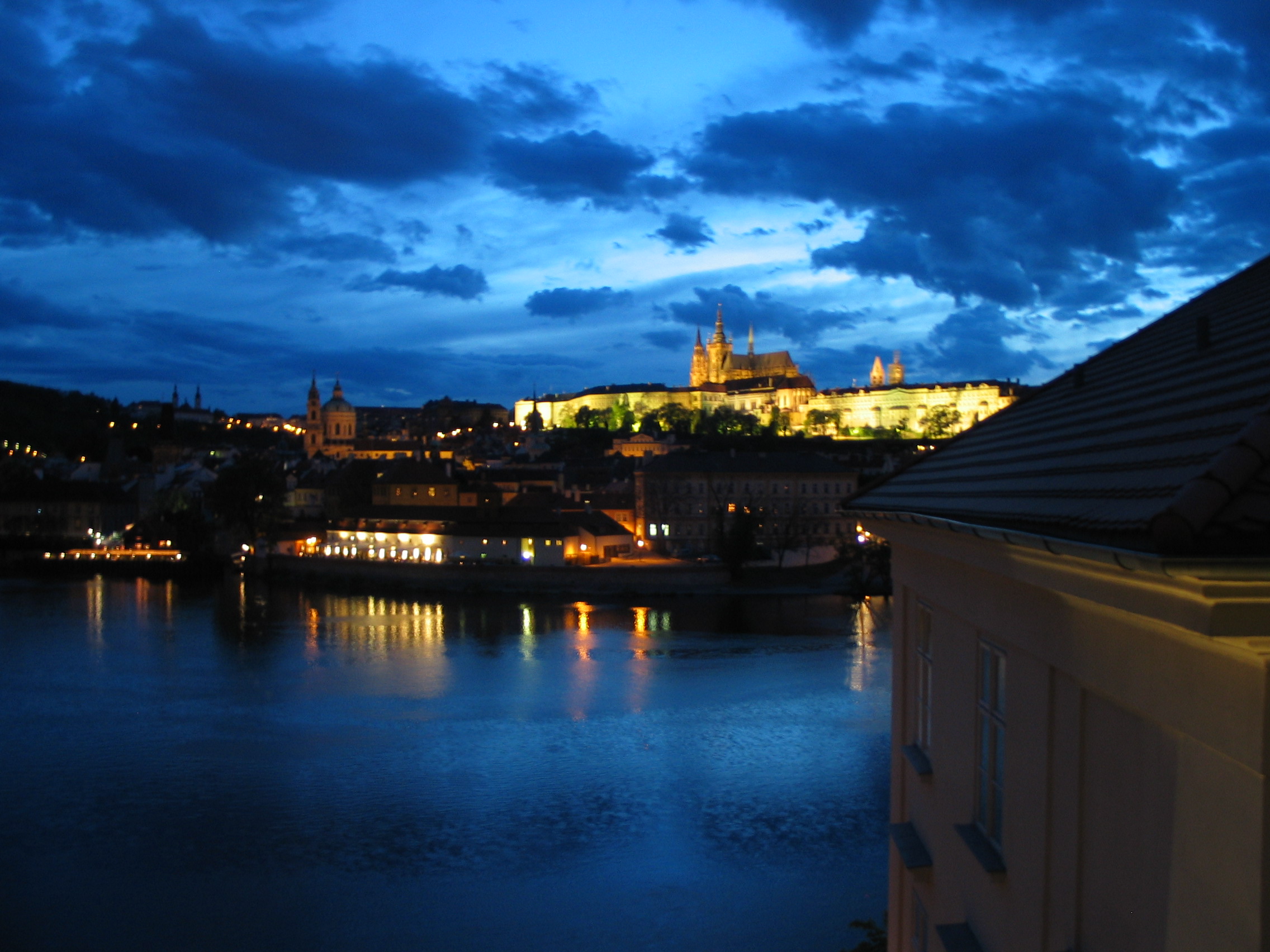
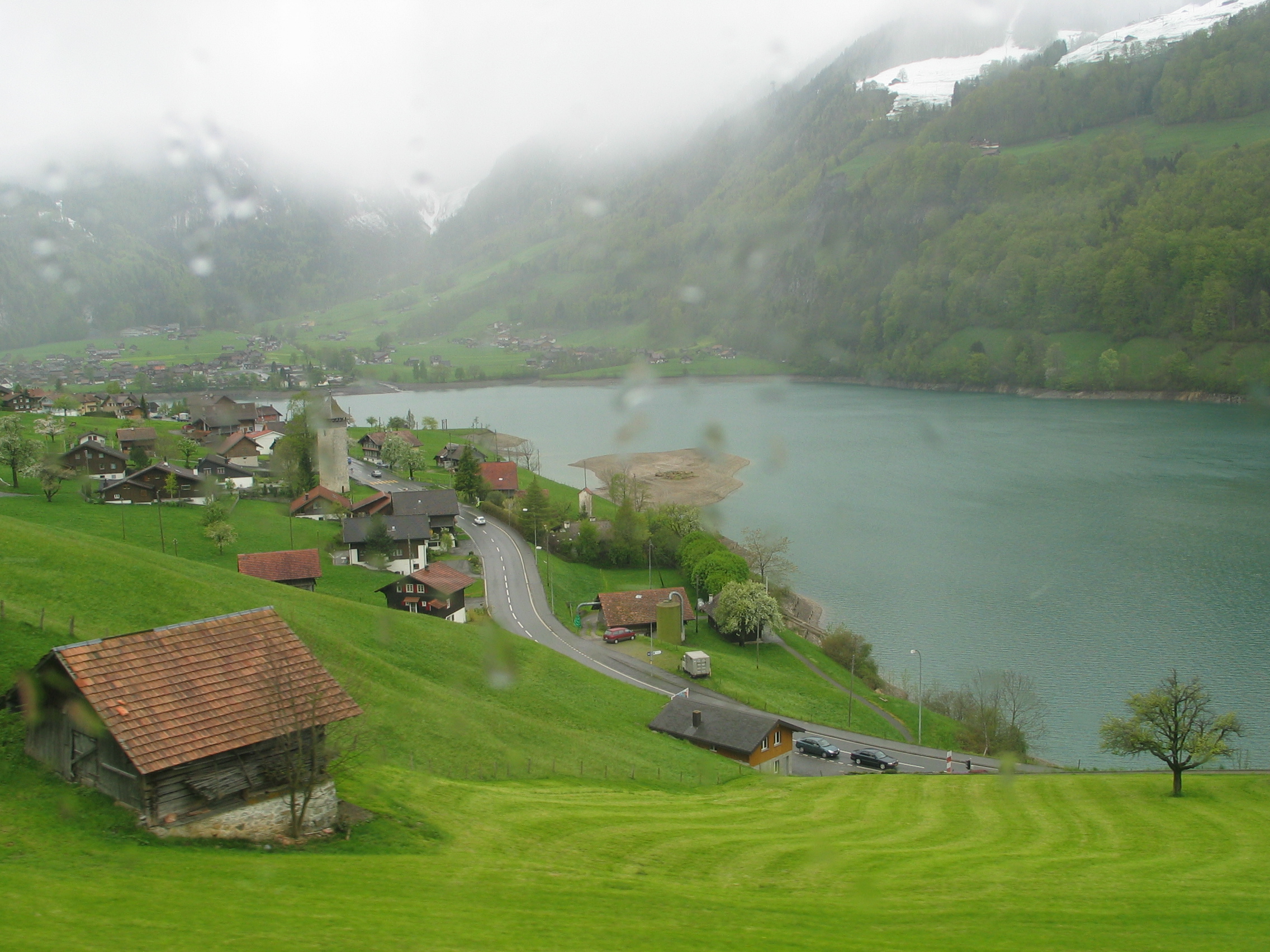
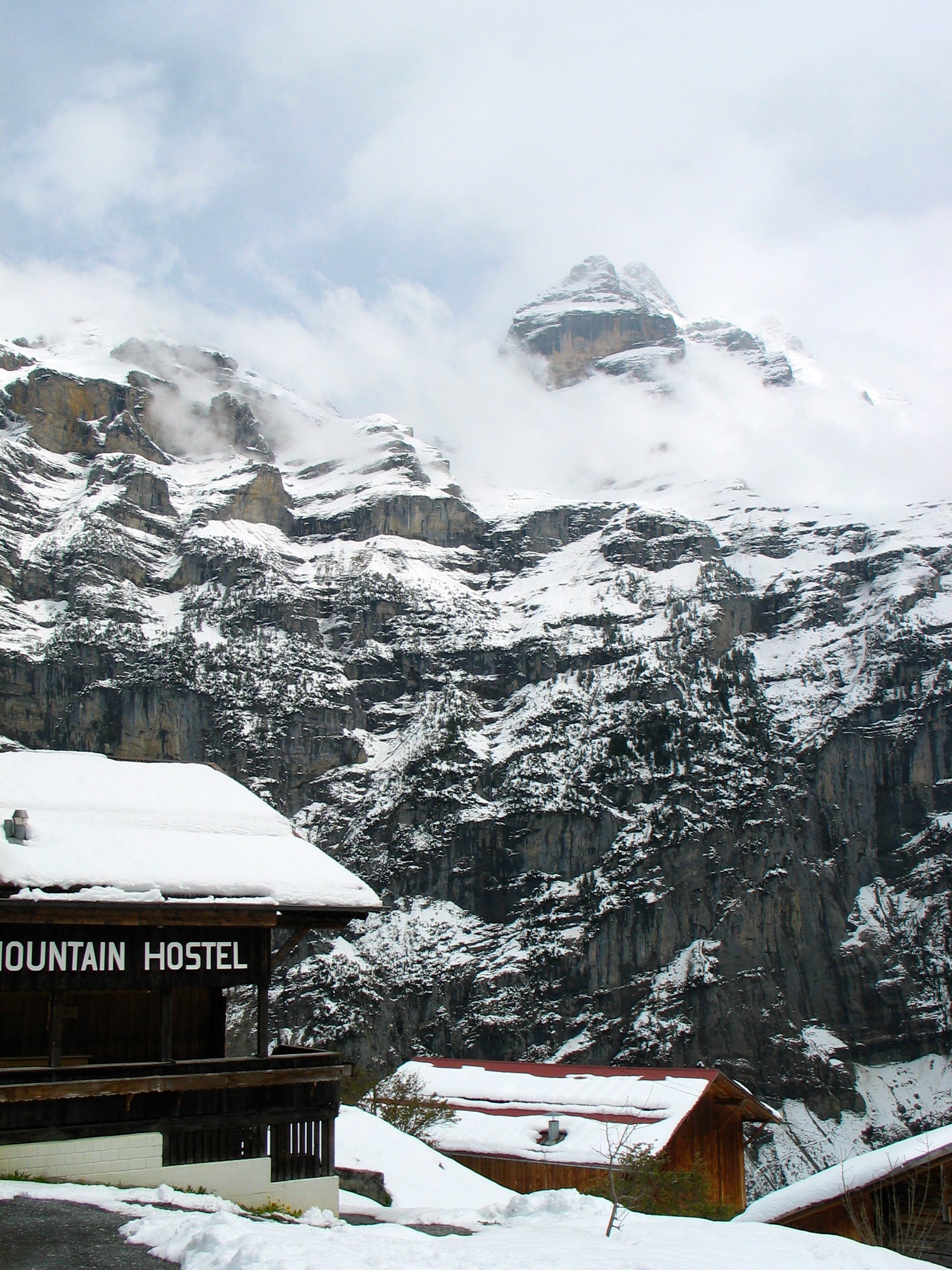
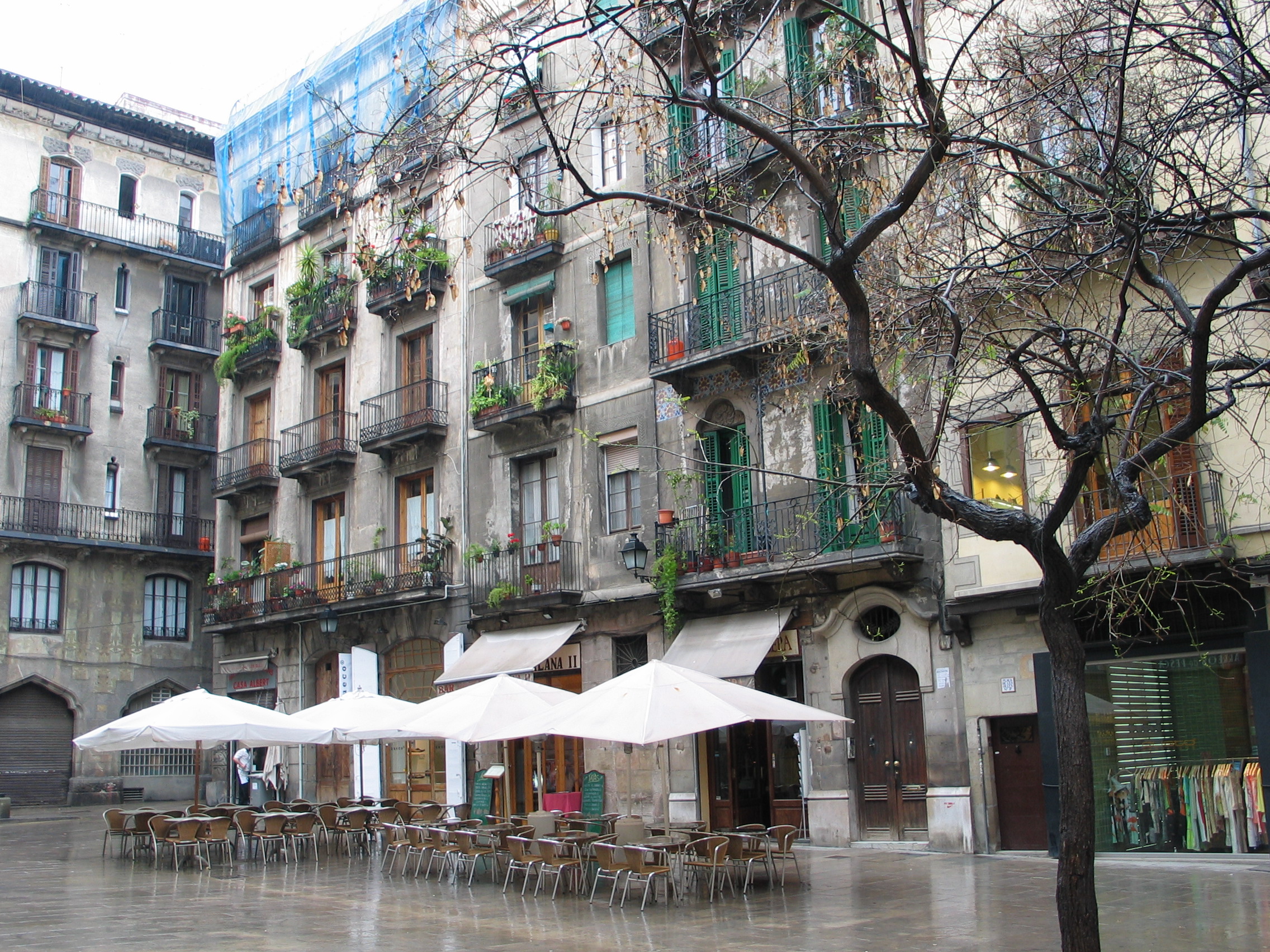
It was the stupidest, most brilliant thing I'd ever done. I was barely 20, by all measures still a kid, though I'd have chafed at the term back then. Two weeks before my junior year of college, in the fall of 1990, I'd applied for a one-year leave of absence. That my request was promptly granted, without a demand for explanation, came as a shock; I had no plan but to travel for a year in Europe. Remarkably, there was no qualifying exam—I could just board a plane and be off.
I spent the next 11 months Eurailing across the Continent, tending bar in a London pub, and then backpacking some more. Europe was brimming with hope and chaos then—the Berlin Wall had fallen and the East was fitfully thawing; Ceausescu had been deposed but Milosevic was on the rise; war in the Persian Gulf loomed. Across Central Europe, the second-class trains overflowed with Romanian and Albanian refugees. Each week the newspapers carried accounts of more protests: miners' strikes in Bucharest, independence rallies in Ljubljana, anti-Soviet riots in Vilnius, anti-Bush-the-first demonstrations in Brussels and London and Rome.
For the first time, I felt connected to something larger than a 12 x 8 dorm room. The same was true of everyone I met on the road, and I met more people that year than I had in high school and college combined: North Americans, South Africans, Israelis, and Koreans, to say nothing of Europeans. We were thrown together by hostel managers ("Room 21, upper bunk"), train conductors ("Compartment 43"), and Let's Go blurbs ("Cheap ouzo is the draw at this 18th-century taverna"). Most relationships we formed were like those with the places we saw: immediate, intense, and gone by Tuesday. But David Yocum in London, Fan Bao in Oslo, Catherine Lipsetz in Zurich, Anna Stahl in Seville, Dane Drago in Umbria, Jörg Wevers in Stockholm...these were friends I'd remember, if not keep, for life. Wevers and I locked paths for all of 26 hours, riding from Sweden to Montreux for a Van Morrison show, during which time he tried to teach me his native tongue by translating lyrics from Astral Weeks. I can still sing most of "Sweet Thing" in German.
Along with the instant friendships (add rail pass; stir), it was the impulsiveness of rail travel that thrilled me. The dumb luck of arriving in Madrid, finding no place to stay, and hopping a midnight local to Zaragoza just to catch five hours of sleep...then falling in love with Zaragoza. Or wandering Budapest without a map (they cost 90 forints!) only to stumble upon a jazz club I'm still trying to remember the name of.
Now I'm at an age where every journey is plotted like a corporate takeover. Rarely do I see something without planning to. I found myself missing the wide-open feeling of riding the rails, not just for the places I'd been but for the person I'd been: swooning along the Ku'damm, the Strøget, and the Champs-Élysées, unfettered and alive, as the song goes.
So last spring, I bought myself a Eurailpass. Being way past 26, I was obliged to buy a first-class pass. This was fine by me. I would trade my backpack for a Tumi rollaway, my Smiths T-shirt for a Paul Smith suit, my notepad for a PowerBook. I would forgo hostels for hotels. Otherwise, I would have no firm commitments. But I hoped to check in on some old college friends: the Hungarian National Gallery, the Alpine village of Gimmelwald, the Musée Picasso in Paris, and that park bench in Barcelona where I once spent the night—awake, for nine hours, talking to a sweet-eyed Danish girl.
I also hoped to trace the ways in which Europe and Eurailing have changed. It turned out to be harder to find ways they haven't. Most significantly, in the 5,000 days since my last grand tour, the world has been reduced to ones and zeros. Poste restante mail drops have been replaced by Internet cafés; traveler's checks by ATM's. The entire European train schedule now fits inside a Palm. Postcards seem quaint when you can instantly e-mail a digital photo to everyone back home. As late as 1990, much of the Continent felt like the Third World: provincial and outmoded, like the squat toilets that were all too common in Mediterranean bathrooms. Pay phones carried 11 steps of instructions and never worked anyway. Credit cards were seldom accepted. Exchanging currency involved extortionate rates and fees—and you had to change money at every stop.
Since then, of course, Europe has arguably outpaced the United States in the realms of technology and travel. Mobile phones are far more advanced, Wi-Fi networks are widely available and often free, a pack of gum can be paid for with a Visa card, and trains, as ever, function at an infinitely higher level.
These are a few reasons why riding the rails now appeals to an older generation as well.But some of the intensity has been lost. I loathed those inscrutable Czech pay phones, yet they were the kinds of things that made Europe seem refreshingly foreign. Which it still was, then, at least in parts. Returning to the rails, I realized (with a mixture of envy and disappointment) how seamless and undemanding a Eurail trip could be for today's backpacker.Now she books a hostel on-line, carries one currency through a dozen countries, and dials home on her Treo, all while listening to her 7,000 MP3's.
Then again, some things hadn't changed: the dollar at a record low; Metallica graffiti on every train station wall; and a President Bush terribly unpopular with Europeans.
But was the feeling still the same? I intended to find out.
VENICE John Malkovich sat two rows ahead of me in the first-class carrozza of the Eurostar from Rome to Venice. He looked surly but comfortable. As we floated across the countryside I drew up an agenda for Venice. On a breakneck tour it's essential to set manageable goals for each destination, like "Have pint of Budvar in Prague." Travel of this sort is about small yet meaningful connections—the little details that stand in for the whole. My own goals ranged from the sybaritic (sample jamón ibérico in Barcelona) to the pragmatic (buy my wife a pair of Falke tights in Berlin). Anything else would be icing.
I checked into the DD.724, a mod boutique hotel in Dorsoduro. It was a glorious May day. Wisteria hung like laundry from every balcony. Lozenge-green canals sparkled in the sun. Funky Dorsoduro was the perfect antidote to the crush of San Marco: the back streets were blissfully quiet, save for the lapping of canals, the echo of accordion music, and the click of my footsteps. At a café on Santa Margherita Square, I amused myself with people-watching: Gay or Italian (or both)?Hoochie-chic or actual hoochie?When I tired of playing count-the-Barbour-jackets (I was up to 29), I wandered over to the Guggenheim. This was how to do Venice: languorously and without purpose.
That evening, riding the vaporetto back to my hotel after dinner at Fiaschetteria Toscana in Cannaregio, I noticed an ancient palazzo that was rotting into the Grand Canal, its lower levels boarded up and flooded. On the very top floor, an elegant and very old woman stood on her lamplit balcony, chin held high like the captain of a sinking ship.
The next night I bid farewell to Venice over a flute of Prosecco and set off to catch a 20:42 to Budapest. I'd like to say I slept like a baby in my luxurious Eurostar cabin and woke up on the Danube. But I never even got to the cabin. When I arrived at Venezia Santa Lucia, a sign read SCIOPERO DEGLI OPERAI—TRENI ANNULLATI. A labor strike. All trains canceled.
Ah, the labor strike. One of Europe's lasting contributions to rail travel, along with the TGV and the fold-down couchette. Even now, hardly a week goes by without a work stoppage somewhere in Italy or France. Maybe it was the Prosecco, but I felt surprisingly mellow as I realized I had no way of leaving town. A hundred stranded passengers milled about the station. Two backpackers considered their next move. "Why don't we just hitchhike to Bologna?" she proposed. "Hello?" he replied. "We're in Venice. Do you see any f—ing roads here?"
Thankfully, I had a cell phone. I called my travel agent in New York, who was not on strike. A flight to Budapest, on an airline whose name she couldn't pronounce, would have cost $2,873. But for $300, I could catch a morning flight to Prague. I booked it. The important thing was to keep moving.
The next morning I woke to an air-raid siren—only it wasn't an air raid, it was a flood. A storm had pounded the city all night. Now the sidewalks were under 10 inches of water. Still, I had a plane to catch. So I rolled up my suit trousers, put on a pair of flip-flops, and waded into the pond while balancing a 60-pound rollaway on my head. I sloshed across ankle-deep piazzas to the water-taxi stand. Then I dropped my suitcase into the canal.
Luckily the pilot was able to snag the case before it sank. With a smirk he handed it over—sodden, reeking of diesel and brine—took my fare, and hit the gas. Crossing Venice's storm-tossed lagoon was like a scene from Master and Commander; 50 minutes later my suitcase and I were flung onto the airport pier.
Did I mention I hate flying?How uncivilized, I thought, as we nose-dived into Prague in a lashing rainstorm. Had I been on a train, I'd have found this weather romantic; in a prop plane, it was terrifying. I realized what I love about rail travel: the smooth transitions, the convenience of arriving in the center of town, and the feeling that you're part of the scenery, not plunging into it.
PRAGUE In November 1990, I'd arrived at Holesovice Station with no guidebook (some jerk in Vienna had nicked mine). So I simply rode the subway to where the most lines intersected, which turned out to be Wenceslas Square. I emerged in the center of a cheering mob of bohemians. (This being Prague, they may have been actual Bohemians.) A young Czech student named Alexandr explained that it was the first anniversary of the Velvet Revolution. I joined the rally with my rucksack still strapped to my back. Alexandr quoted Havel poems in their entirety and spoke matter-of-factly about being jailed overnight in 1989 for tossing eggs at the cops. Havel! Jail! Eggs! Real consequences. I'd felt soft and sheltered by comparison, but Alexandr and I hit it off, and I stayed on his futon for five nights.
How odd, then, to return to Prague in a chauffeur-driven Mercedes stocked with chilled Evian and hot towels. After strikes, floods, and near-suitcase-drownings, I'd decided to book myself into the Four Seasons Prague. Surely they could rescue my mood. My top-floor room was a start—it had a smashing view of Charles Bridge. And housekeeping assured me that the waterlogged contents of my suitcase, which now smelled like a fish market, would be laundered overnight. That this service would cost $293—a sum that would have kept the 20-year-old me fed for a month—did little to dent my good feeling.
Indeed, it was tempting to spend the day lounging around my hotel room, ordering room service and reading the (complimentary) Herald Tribune. Such are the perks of traveling as an adult with money—a mode I've grown entirely accustomed to, for better or worse. My first, long-ago encounter with Europe had been an unguarded one. There were fewer walls between me and the places I'd come to see—and sometimes there were no walls at all, as when I spent the night in a Copenhagen phone booth. Diving in was obligatory. Youth hostels would literally lock you out during daylight hours ("for cleaning"), so you were forced to hit the streets. Hotels, by contrast, encourage you to stay in, maybe hit the sauna. As comfortable as a room at the Four Seasons may be, it also confers an isolation and insularity that backpacking never did.
So I left the confines of my room and hit the Old Town without a map. There are no parallel streets in Prague's medieval quarter; every block is a heptagon or pentagon. Despite this, I found my way to an old favorite, the Kolkovna beer hall. It was 4 p.m. on a Wednesday, and the vaulted cellar was already full of whooping Czechs hoisting ceramic mugs of dark Kozel beer. Barmaids brought platters of roast pork and "Moravian sparrow" (beef, potato dumplings, and sauerkraut). But there were also quesadillas on the menu and a stereo blasting "Trenchtown Rock." This, I realized, was as authentic as Prague gets nowadays. And why not?Young Czechs are as cosmopolitan as Londoners or New Yorkers.
I saw billboards for T-Mobile looming over cobbled lanes. Benetton displays injected bright pastels into the city's sober palette of rust and ocher. The so-called Old Town was occupied by falafel stands, Smart cars, even a tony restaurant called Ocean Drive. Czechs, too, seemed different. Back in 1990 you could tell Eastern Europeans from Westerners by their footwear or the cut of their jeans. No longer. Outside a KFC stood a posse of young Americans in Eminem garb. I asked where they were from. "Odpustit mne?" one replied ("Excuse me?"). My mistake: they were Czech.
That evening I strolled over to Prague's main square. Rounding the corner I heard the chanting of a crowd. My heart leaped. Student demonstrations?No—a hockey game. The world championships were being held in Prague that week. Forty-foot TV screens had been erected around the square, and a thousand inebriated fans were cheering every outsized play. Is sports the new politics?
For all the gloss of downtown, some things hadn't changed. Holesovice Station was still a urine-stained concrete shed. At 7 a.m., when I arrived to catch a train to Berlin, the terminal was so empty that an old guy in a tracksuit was jogging through it, smoking a cigarette. Years ago, Holesovice had served as my bleak introduction to Eastern Europe. I was half-relieved to find its lack of charm intact.
Then the train pulled in, and I was thrust into another world. In the plush dining car were linen-covered tables and vases of tulips. A steward in a bow tie fixed me a frothy cappuccino and some chive scrambled eggs. This was infinitely better than flying. Who cared if it took an extra four hours?I gazed out at van Gogh-yellow fields, swirling in the breeze like lakes of butter. During the five-hour ride to Berlin I rarely spotted a highway, let alone a tour bus. We were cutting through Europe's in-between zones—past quarries, sheep farms, riverbank shipyards, rail stations, Soviet-era golf courses.
When we crossed the border a text message suddenly appeared on my cell phone: WELCOME TO GERMANY! HAVE A NICE STAY! Now that's service.
BERLIN When I last visited Berlin, it was a strange time: the wall had come down the year before, but East and West remained night and day. In East Berlin, riot police with water cannons stared down squatters. My journal described Potsdamer Platz as "a hole, a muddy swamp of backhoes and idle cranes. Everything is abandoned, broken, or under renovation."
Flash forward 14 years, and Potsdamer Platz has bloomed. A Ritz-Carlton opened in 2004, and Sony, Toshiba, and Citibank are firmly entrenched. In my absence, Berlin's entire geography has shifted. What once was East is now Mitte, or "middle"; what used to be the center is now the far west side.
Meanwhile, a new generation is recasting Cold War iconography as "cool." A local company now offers "Trabi Safaris"—driving tours of East Berlin in puny, Soviet-era Trabant cars. I tried one that afternoon, and I can report that riding in a Trabi is like being pummeled by a water cannon. But the "Wild East" tour was terrific. We took in the former hinterlands of Prenzl'berg, which previously might as well have been Ukraine. Today it's one of Berlin's trendiest neighborhoods. We drove down Unter den Linden, the famous "Boulevard Under the Trees," lined with glittering cafés and galleries. And we visited Alexanderplatz, where I'd encountered the riot cops. The surrounding streets now recalled New York's Lower East Side; skrunky shops sold used vinyl and vintage Russian-made sneakers. That night I dined at a Parisian-style brasserie near the train station. I liked the idea of ordering poulet rôti in Berlin; it seemed appropriate on a whirlwind tour.
While waiting at Zoo Station for my overnight to Interlaken, I was approached by a ponytailed Australian who struggled under the weight of a five-foot-tall backpack. But his mood was amiable. "Hey there!" he called to me, a fellow solo traveler. Greg was simply following the backpacker rule of etiquette: Talk to anyone you see. And I was eager for conversation. So we chatted about his travels—trekking in Nepal, ashram stay in Goa, three months on the Continent, the usual Aussie route. Tonight he was off to Switzerland to go paragliding. Greg was 22, and not unlike me at his age; in another time we might have become fast friends. Now, as the conductor whistled us on, we parted on the platform—Greg to the back of the train, me to the front.
The Swiss-German City Night Line trains are among the best in Europe. My deluxe sleeper cabin had a twin bed and a surprisingly hot shower. There was also a telephone to summon Thomas, the cheerful attendant, who delivered champagne to my door as we glided out of the station. My God, what a change. Remember sleeping six to a cabin on vinyl couchettes?Remember knotting your bags to the luggage rack to ensure that they wouldn't be stolen?Now I had a mattress swathed in soft linens, a safe, an electronic key card for my cabin door—and, in the next car, a bar open to all passengers. There, I ran into Greg again, sharing a pilsner with some Swiss girl he'd just met.
INTERLAKEN / GIMMELWALD Why Switzerland? For a Eurailer, the answer is obvious. When you've spent weeks mainlining museums and historic sites, Switzerland's appeal is its utter lack of them. Midway through my first grand tour, I'd stayed for two weeks in the Berner Oberland, still the loveliest mountain landscape I've ever seen.
Back then I stayed at a hostel with coin-op showers and a snoring Yugoslavian bunkmate. This time I checked into the Victoria-Jungfrau, Interlaken's grandest resort. It was a sort of homecoming: one evening in 1990, the Yugoslavian and I had crashed the Victoria's candlelit bar, where a single whiskey cost more than a night at the hostel. I seem to remember emptying bowls of cashews into my rucksack. Now I was back, perusing the spa brochure.
It was a damp, muted, Proustian day, rotten for hiking but ideal for waxing nostalgic. I pulled on a sweater and took a walk through town. As ever, Interlaken was as shiny as a new car—but more grown-up than the hokey village I'd known. I'd never noticed the Prada and Ferragamo outlets. Still, lilacs bloom on every corner, and the center is still a broad, unkempt meadow complete with grazing sheep.
But it wasn't Interlaken I was here for. I'd come back for Gimmelwald.
It was Geoff Grahl who'd sold me on Gimmelwald. Geoff was from Australia. We met in Sicily, in October 1990, in a semi-active volcano. I was hiking along the rim when I spotted him: deep inside the smoldering caldera, leaping over steam vents like a madman. I remember thinking, Anyone that crazy must be pretty cool, so I scrambled into the crater and introduced myself. For 10 days we were inseparable, blitzing through Rome, Florence, and the Cinque Terre.
We met up again in Switzerland. Geoff had heard about Gimmelwald through a friend and persuaded me to join him. We hitched the 20 miles from Interlaken to Stechelberg, then caught a cable car. Gimmelwald hung on the edge of a 4,500-foot cliff; no cars went there, only the gondola and a ridiculously steep mule trail. The population consisted of 132 dairy farmers, who might offer you a jar of milk when you passed by. Gimmelwald was the only place in Switzerland where you never saw a clock. The bank opened only on Thursdays. There was a single hotel in town that everyone called Walter's, after the chap who ran it. But backpackers stayed at the rickety Mountain Hostel, which for my money—all $6-a-night of it—had a better location than any place I've stayed since. Through drafty windows that rattled in the wind, you gazed across a pine-green valley and up the frosty slopes of the 13,000-foot Jungfrau.
Geoff and I spent two weeks in the parallel universe we called GimmelWorld. I became convinced the place was magical, like Brigadoon, and wanted desperately to protect it. Later, when I was back at Harvard editing the Let's Go guides, I tried to remove all mention of Gimmelwald to ensure we didn't spoil the place.
The crowds kept coming, of course. Gimmelwald now gets 20,000 visitors a year. When I returned to the village last May, the Mountain Hostel had been outfitted with indoor showers and a spiffy new bar. Two Swedish girls were checking their e-mail on the house PC's. What used to be utterly remote had been plugged into the proverbial grid.
But the sleeping loft hadn't changed. Those rattling windows, that soul-stirring view—still intact.
That night I wrapped myself in Frette linens at the Victoria resort and watched movies on my Bang & Olufsen TV. I had tropical hardwoods on the floor and whirlpool jets in the bath. Al Gore, in town to address the Swiss Economic Forum, was staying down the hall. But I missed that drafty loft in GimmelWorld.
PARIS I had a five-hour stopover in Paris en route to Spain. I took the city like an army paratrooper, dropped in with a kit bag and a mission. Mine was to revisit the Musée Picasso, which I intended to compare to the Museu Picasso in Barcelona. I also hoped to have a bowl of bouillabaisse and to listen to Joni Mitchell's "Free Man in Paris" while crossing the Pont Neuf. In the end I did all three—no more and no less—and got out before addiction could set in. I had visited Paris at least a dozen times before, but this was as easy and enjoyable an afternoon as I'd spent there. I could say more, but I have a train to catch.
BARCELONA Where was I again? Oh, right—Spain. I'd spoken five languages in a week, mixing up my grazie's, danke's, and merci's. Twenty-seven minutes after alighting, I was at a breakfast counter in the sun-dappled Boqueria market, savoring jamón ibérico and café con leche. All around me, stalls overflowed with pickled pigs' trotters, sheep's heads, and rams' testicles.
My plan had been to visit both Picasso museums within 24 hours. I made it with an hour to spare. Paris's, I decided, was more comprehensive. But Barcelona's had the better location—a cluster of louche old villas in the moody El Born district—and, like Barcelona itself, its collection was quirkier, including Picasso's cartoonish ceramics and, best of all, his adolescent paintings, back when he could do Caravaggio as deftly as Caravaggio. How thrilling to trace that early arc, as he mimicked and toyed with countless styles. Then you round a corner and come face-to-face with the Blue Period—and suddenly he's Picasso. Turning that corner had shocked me at age 20, and no less at 34.
Eurailing is a great way to see Europe for the first time, but it's also an ideal way to rediscover Europe for the fifth or fifteenth. You may return often to Venice or Berlin or Barcelona, but you probably don't visit all three on the same trip. A multicountry tour throws the differences between cultures—and the increasing similarities—into high relief. Certain icons keep reappearing (tabloids with topless centerfolds, Fruitella candies, Campari and soda, the 24-hour clock), and the essential Europeness of Europe becomes all the more evident. You see the Continent for what it's grudgingly becoming: a single entity, united by a passion for football, Eurovision song contests, tobacco, and labor strikes. Last May, as I began my journey, 15 more countries joined the European Union, in the EU's biggest expansion ever. Suddenly, Hungary and the Czech Republic had been deemed fiscally sound, respectable adults. I suppose I'd become one, too.
On my final night in Barcelona, I went back to find the bench where I'd met Lena, the Danish girl. It was still there, next to a bird-seller's kiosk on Passeig de Gracia. Lena wasn't a romantic thing. It wasn't even a friendship—I never got her last name, never saw her again. It was just a connection, lasting all of nine hours. But you can't tell me nine hours doesn't count for something. Hell, I've seen entire countries in less time. •
